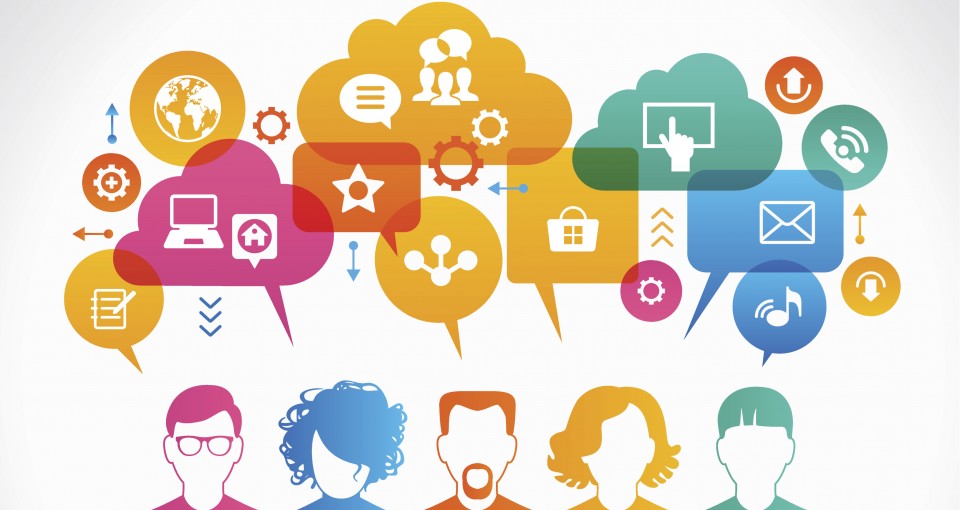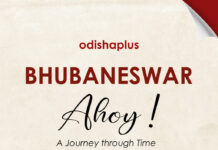by Prof Ujjwal K Chowdhury

When you bring several stake-holders face to face for a touch-feel, for a live experience, for real life interaction, you have an event, and thereby an experience, which if (and usually so) done for marketing a product or service or idea, is known as experiential marketing.
Experiential marketing is a strategy that engages the customer and creates real-life experience that will be remembered. Companies utilizing this strategy want to help customers form memorable, emotional connections with a brand to foster customer loyalty and improve relation. The premise of experiential marketing is to create a closer bond between the consumer and the brand by immersing them in a fun and memorable experience.
In an era of ad-clutter, events are creating lasting impact, albeit on a small audience at a time, and may even create negative image if not executed well. Hence, Indian events industry has been posting 15%-17% growth over the last three years, while economy in last count is growing less than 7% and media economy in around 13%.
The Global Context:
Globally too the scenario is interesting
In a report by Allied Market Research titled the global events industry garnered $1,100 billion in 2018, and is estimated to reach $2,330 billion by 2026, growing at a CAGR of 10.3% from 2019 to 2026. The report titled Events Industry by Type (Music Concert, Festivals, Sports, Exhibitions & Conferences, Corporate Events & Seminars, and Others), Revenue Source (Ticket Sale, Sponsorship, and Others), Organizer (Corporate, Sports, Education, Entertainment, and Others), and Age Group (Below 20 years, 21–40 years, and 41 years & Above): Global Opportunity Analysis and Industry Forecast, 2019–2026, was released recently. As per the report, increase in number of sponsors, widened reach among youth, and surge in interest in entrepreneurship among youth drive the growth of the market. However, high operational costs related to organization of events and risks involved in getting returns hinder the market growth. On the other hand, technological advancements create new opportunities in the industry.

Based on type, the corporate events & seminar segment accounted for the highest market share in 2018, contributing to more than one-fourth of the total share, and is estimated to maintain its leadership status throughout the forecast period. This is due to increase in number of companies and frequent seminars & events conducted by them. However, the music concert segment is expected to grow at the highest CAGR of 11.9% from 2019 to 2026, owing to rise in popularity of such events among the youth and middle-aged individuals along with valuable opportunities for promoters and brands to reach people attending concerts.
Based on age group, the 21–40 years segment held the highest market share in 2018, accounting for more than two-fifths of the total share, and is expected to maintain its dominant share throughout the forecast period. Moreover, this segment would register the highest growth rate, with a CAGR of 11.6% from 2019 to 2026. This is a lucrative segment due to active participation in events including exhibitions, seminars, conferences, and music concerts along with rise in interest toward entrepreneurship & business seminars. The research also analyzes the below 20 years and 41 years & above segments.
Europe to remain its dominance throughout the forecast period
Europe contributed to nearly two-fifths of the total share in 2018, and is expected to retain its dominance throughout the forecast period. This is due to selection of over half of the top cities and countries as destinations for international association conferences. Asia-Pacific is estimated to register the highest CAGR of 13.0% during the forecast period, owing to digital activation, continuous sports leagues, and ability to grow and adapt with innovative technology.
Events Rise in Significance in India:
In a world of information overload, and ad-clutter, recall, resonance, memory and utility of old-school advertising is going down. Only in case of ambient and interactive ads, and branded content, there is a good recall and memory. Technology and social media have brought people closer and established connections which were earlier not there or lost. However, these cannot have direct connection, engagement and interaction expect the virtual one. Experiences create recognizable memories and hence are impactful.
A research conducted by Google, Ogilvy, and McKinsey together shows that consumers are influenced more by word-of-mouth when making purchasing decisions than they are by print media, television, movies, and brand websites. Experiences worth remembering create strongest word-of-mouth, though they must be executed well and be worth remembering. Experiences through events create more credibility for the brand associated with it. Interestingly, the millennial generation is more experiences-centric and want their experiences hyper-local, and this gives rise to higher events frequency and revenue.
Expanding the Events Revenue:
The government has recently woken up to the fact that events industry should organize itself as part of the small and medium enterprises sector (SME). Such companies should document their business, get registered with Niti Ayog, and as an SME in MSME, thereby availing of better business culture, SME schemes and credit from banks which will help in expansion of work.
Surely the world is moving from silo to multi-channel convergence. With regards to events, small or big, conscious attempts to amplify them through social media, mainstream media, television, live-streaming, etc needs to be done giving a better visibility to the clients against every marketing buck. Delighted clients mean more business. Online and offline experiences of the audiences need to converge, along with amplification reaching out to more audiences, and memories to be deepened across channels and timelines.
Another way to expand the event’s revenue is the creation of IP events, intellectual property events owned by the event management firms, small or big. An IP is a like a child of the owning brand of an event company, and often the company is known by the IP it creates. Wizcraft instantaneously brings to mind AIFA awards. Literature and art-craft fests in every city are often such small scale IPs of events firms there. IPs also create earned media (regular coverage depending upon content), paid media (ads and advertorials) and owned media (social media, newsletters of the firm etc).
Surely events industry needs a serious human resources overhaul. Hence, the industry body (Events & Experiential Marketing Association of India being the largest pan-India one) must tie-up with universities and academies to create PG Diplomas and MBAs in events and experiential marketing front-end and basic diplomas in events execution for the back-end. These resources must be multi-skilled, convergent, techno-savvy talent with business and creative skills blended, and surely with expertise in one domain. Right HR will reduce the cost of events execution to a good extent and bring in new business.

The academic tie-up also brings in another value: in-depth research and white paper on the size of the industry, total revenue earned, categories within the industry, loopholes in law, sectors which are more open to experiential marketing, etc. Management Development Programs for events entrepreneurs and their teams is another academic need.
There is also the need of a serious internal institutionalization of the events industry. There needs to be a laundry list of do’s and don’ts within the industry to avoid price-cutting, better vendor management, avoid self-destructive counter-pitches, and firm-up timely payment schedules from the clients. The advertising industry earlier has been able to achieve a reasonably systematic operations in these areas. There is the need of large event companies hand-holding smaller ones, and best practices shared.

Global expansion, going ahead, is the other way to expand events footprints and revenue. Wizcraft’s AIFA and Teamwork Arts’ JLF series across the world are good examples of global expansion bringing in prestige, brand value, newer revenues et al. One can take the NRI/PIO route of organizing Bollywood Nights or business meets. One can have the government and international bodies on board for events like AIFA and JLF in other countries. One can have collaboration with global companies to expand their spread in other nations. And surely, India with lower cost of talent and overall price advantage, is a win-win market for events and experiences for global brands.
For all these to happen and make the events industry not implode rather grow exponentially, it needs to innovate as each organization, integrate as in industry, and inspire the audience they touch-base. It is time to make experiential marketing the base of brands and marketing because usually you are as good as the memories you create.
The author is Pro Vice Chancellor and Dean of School of Media, Communication & Fashion, at Kolkata-based Adamas University, and a former Media Dean of Symbiosis and Amity Universities, and Pearl Academy.




























